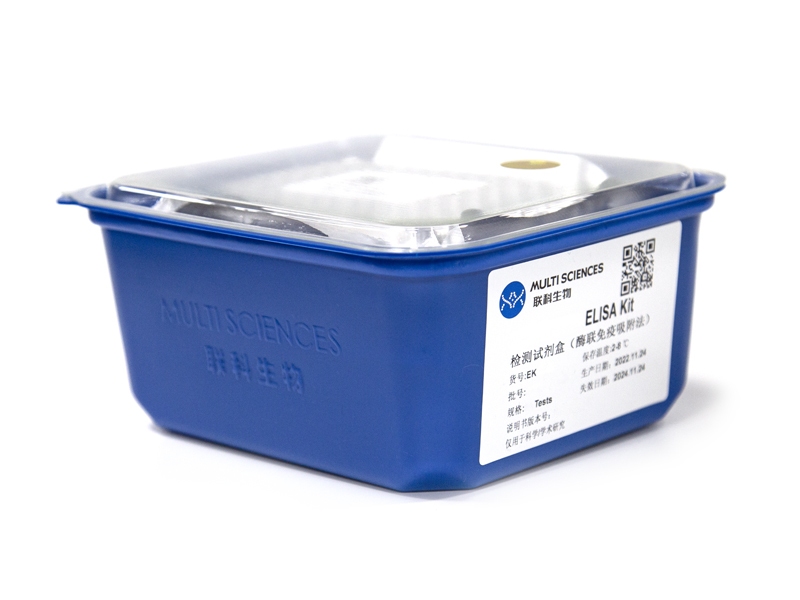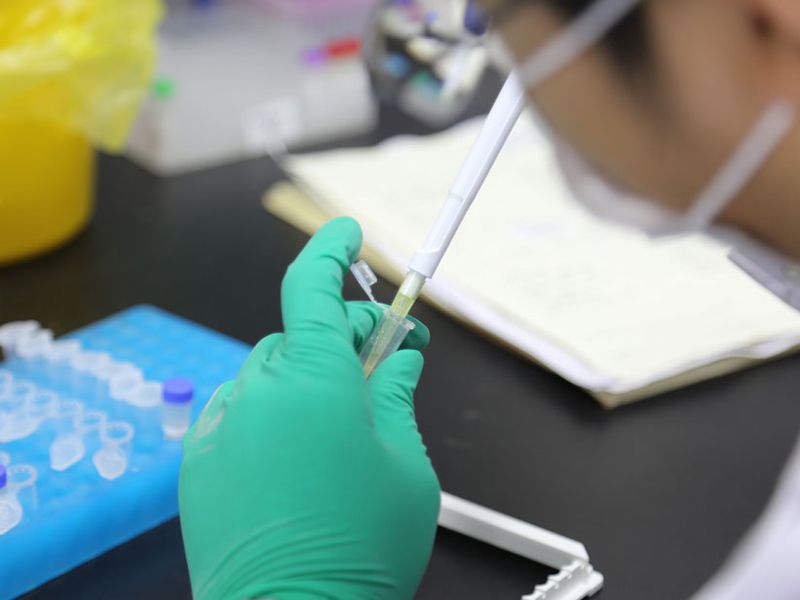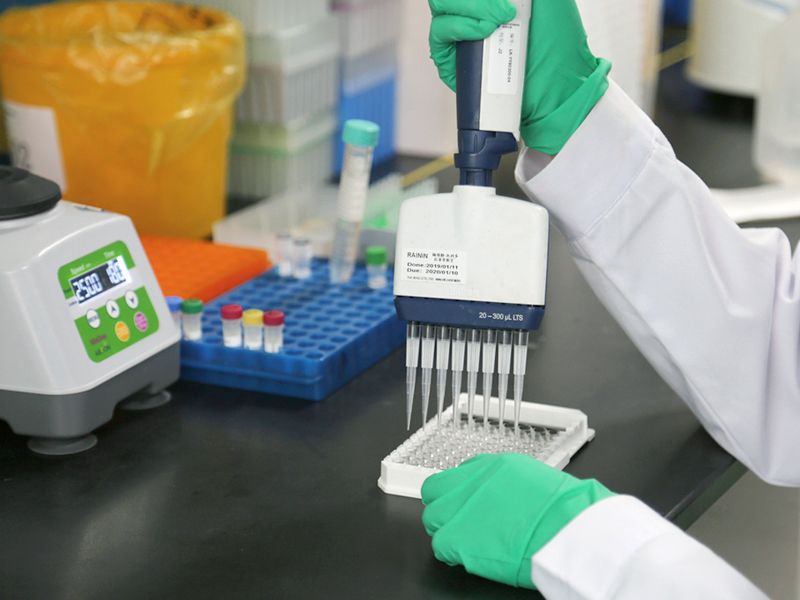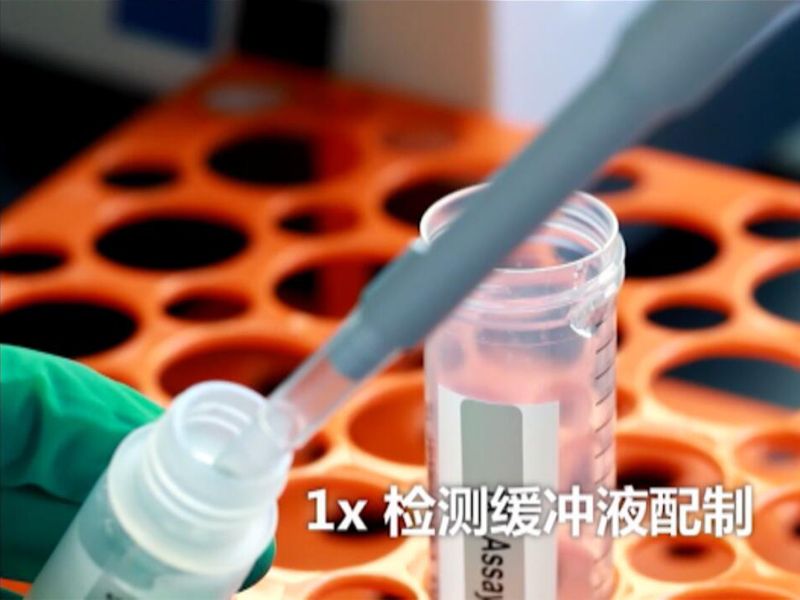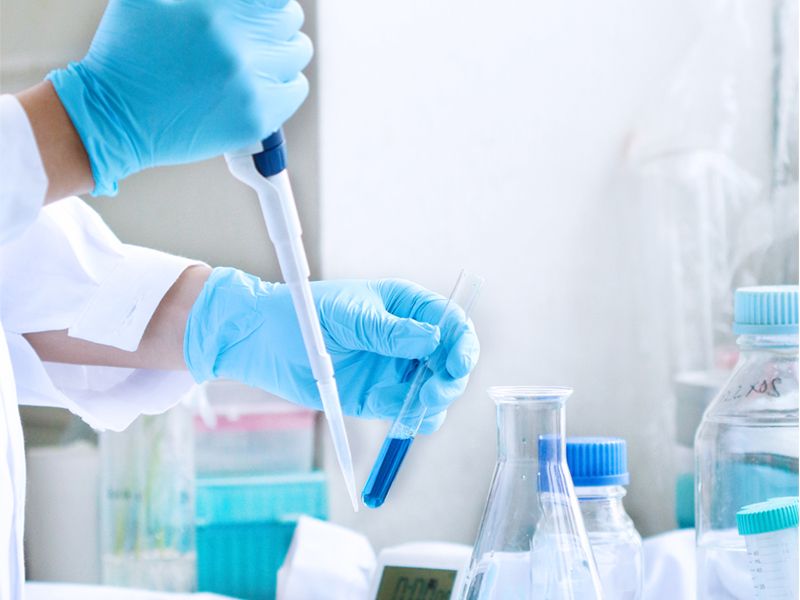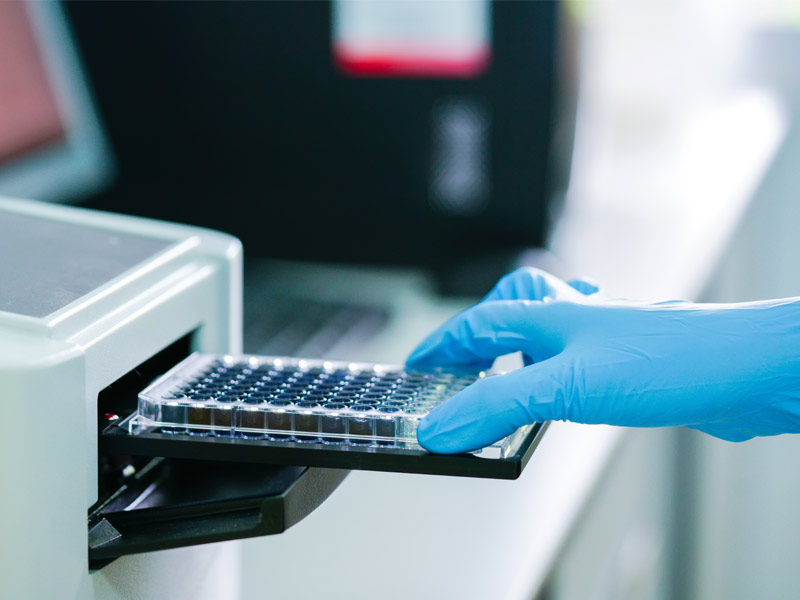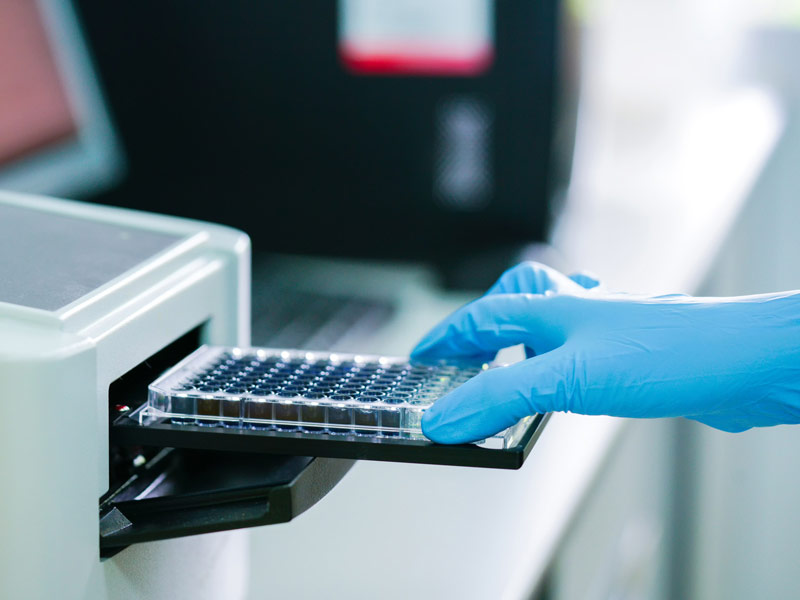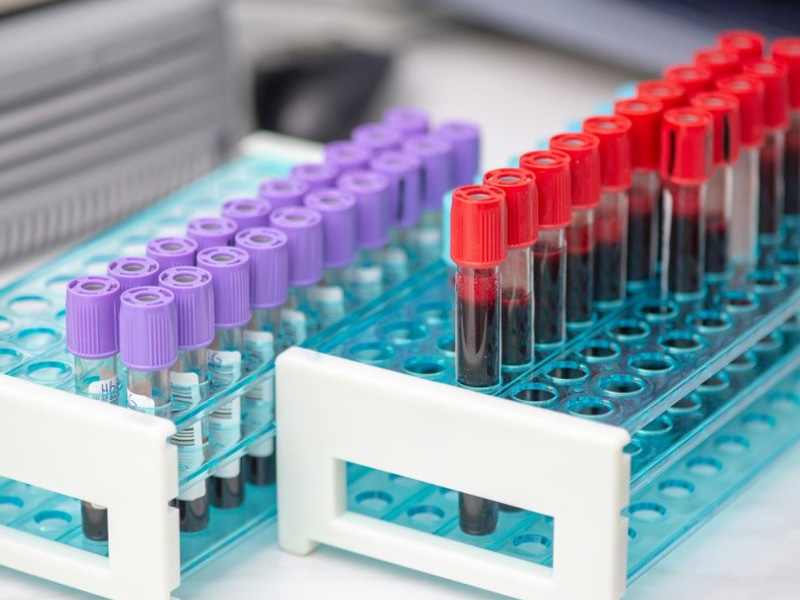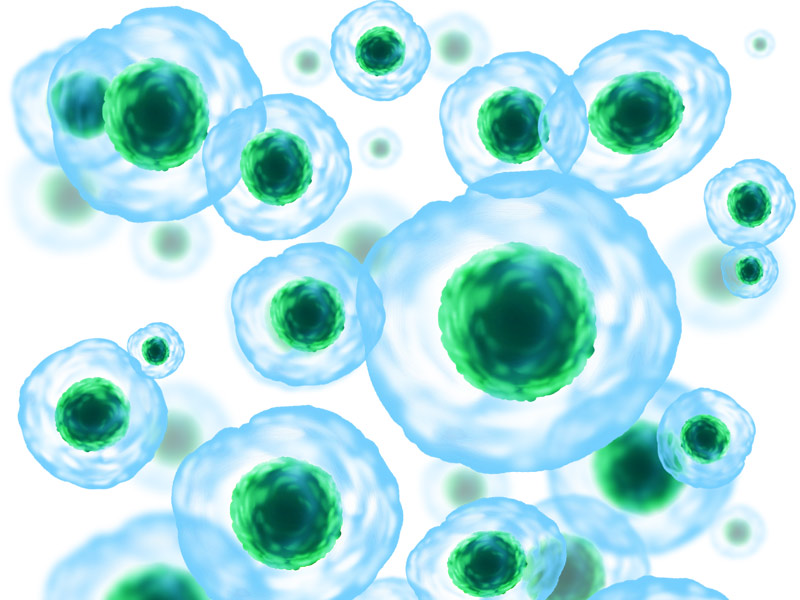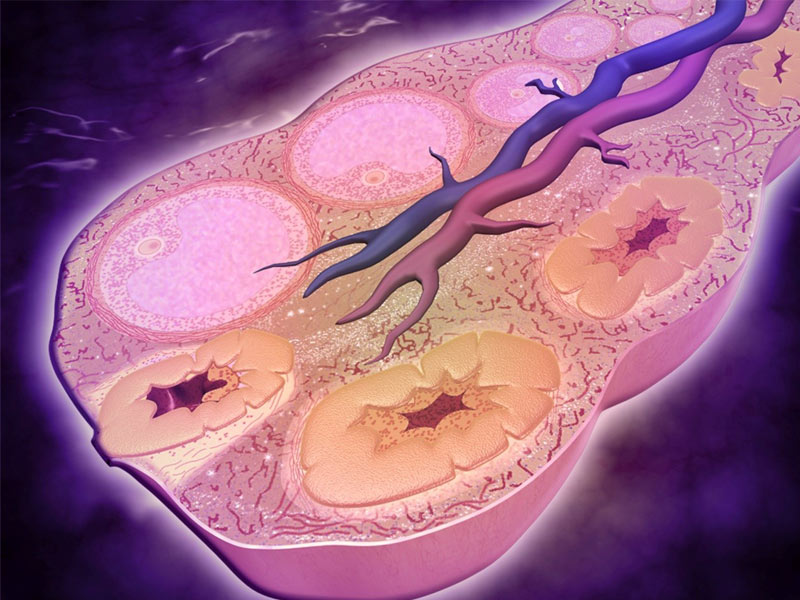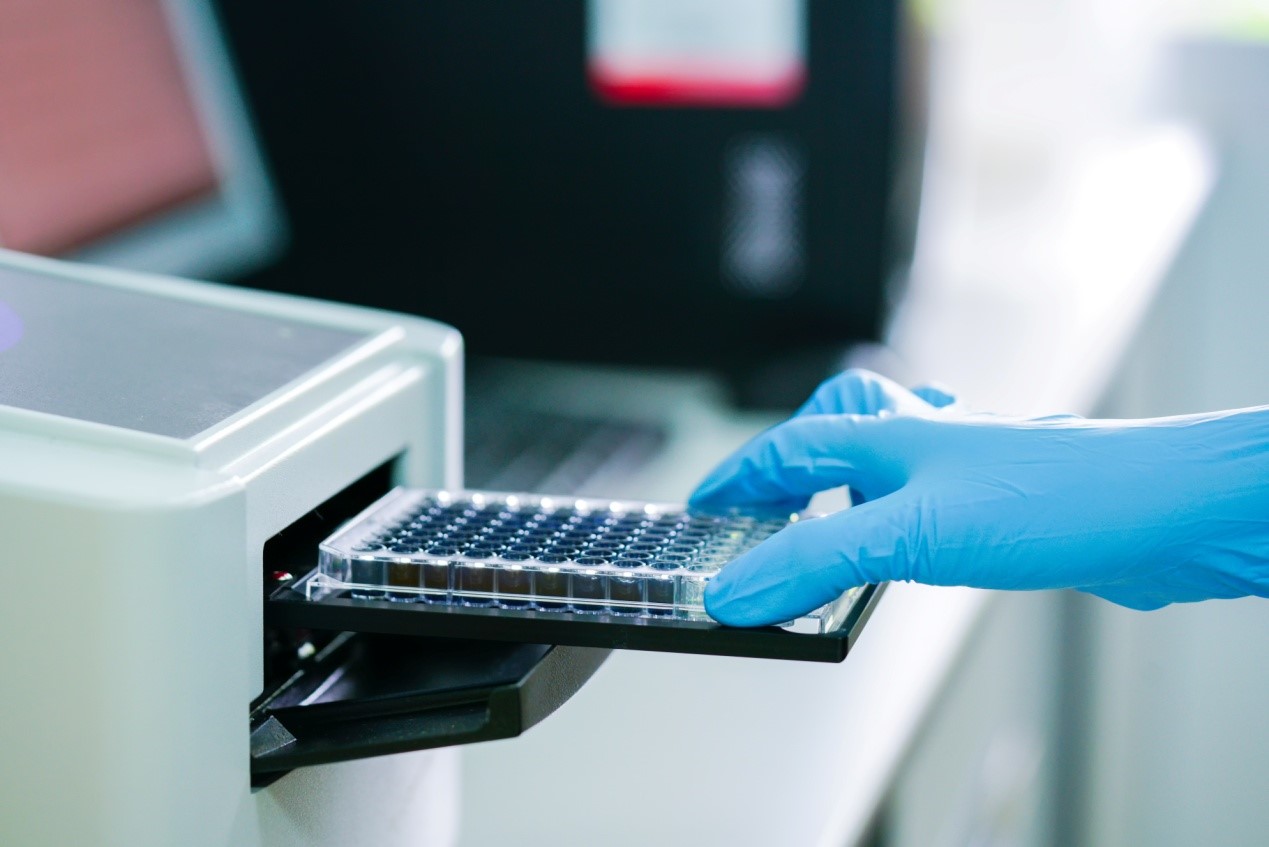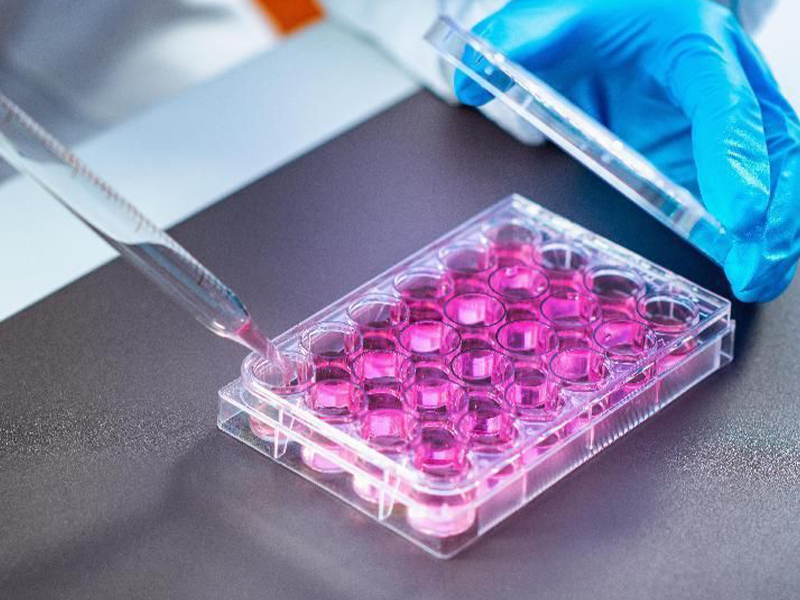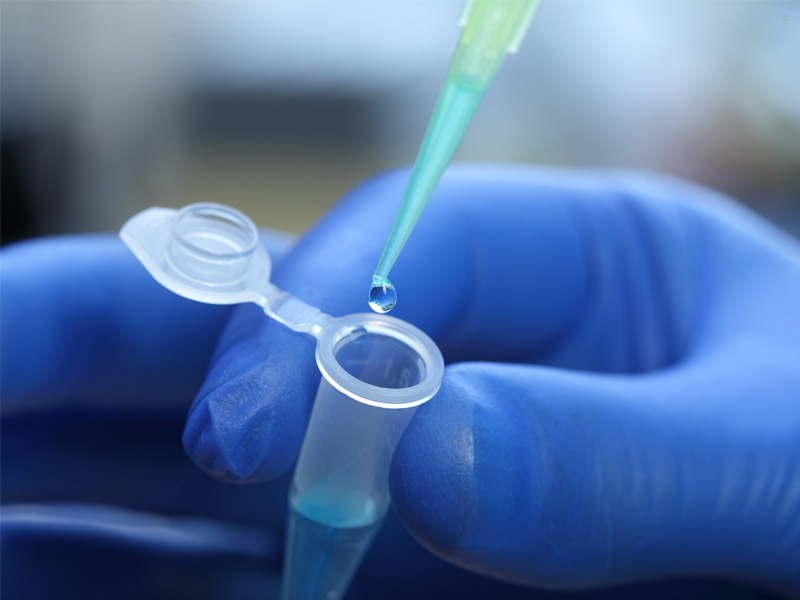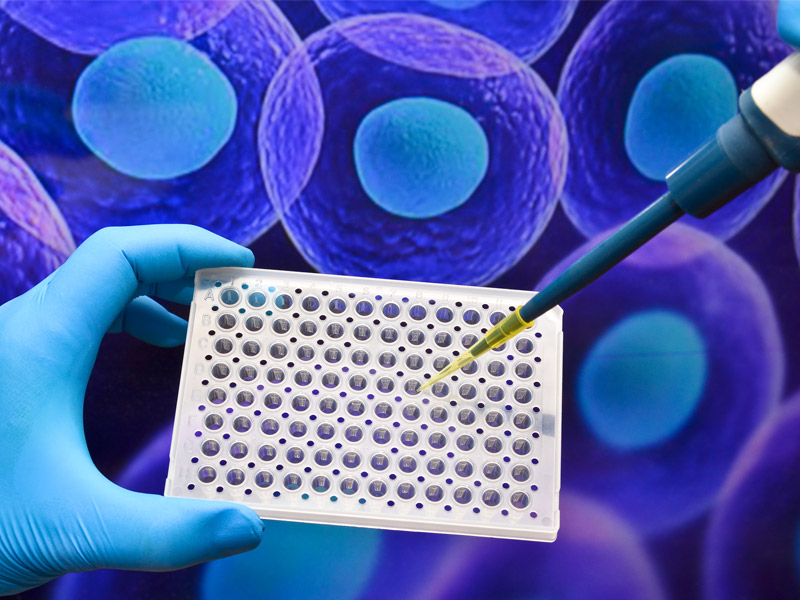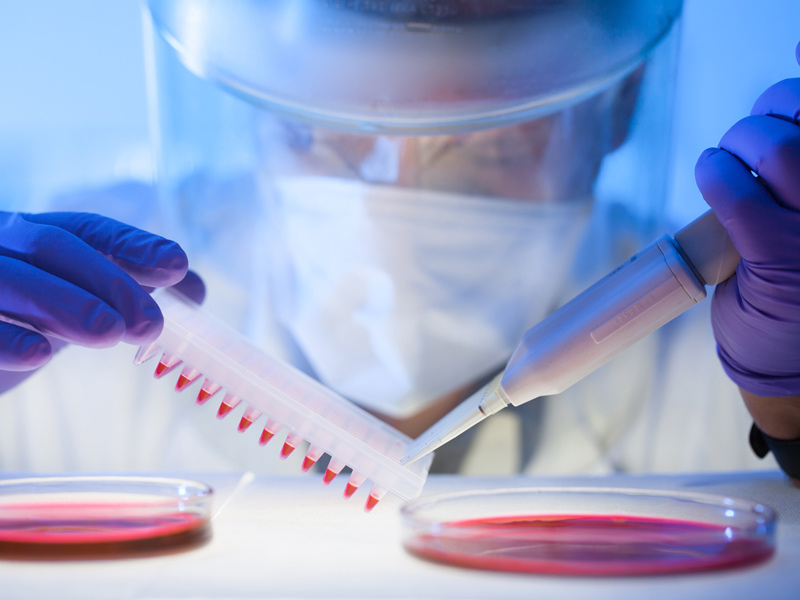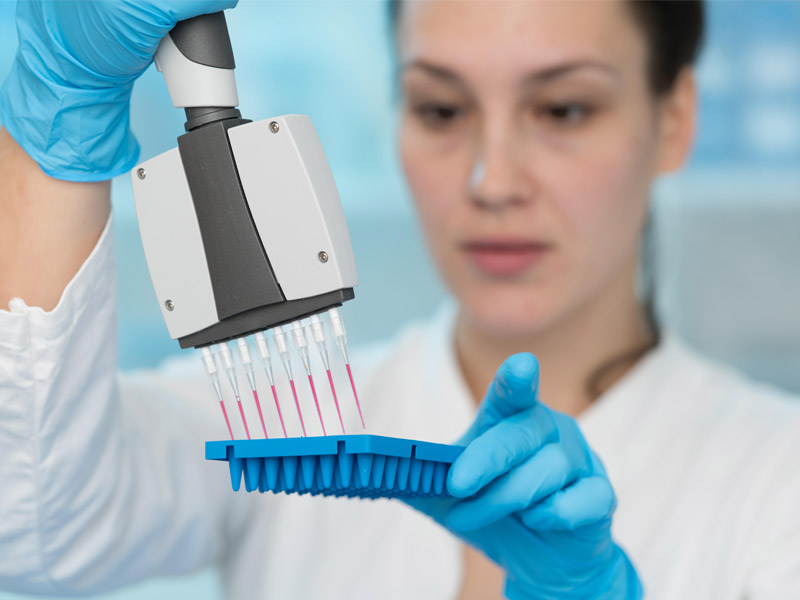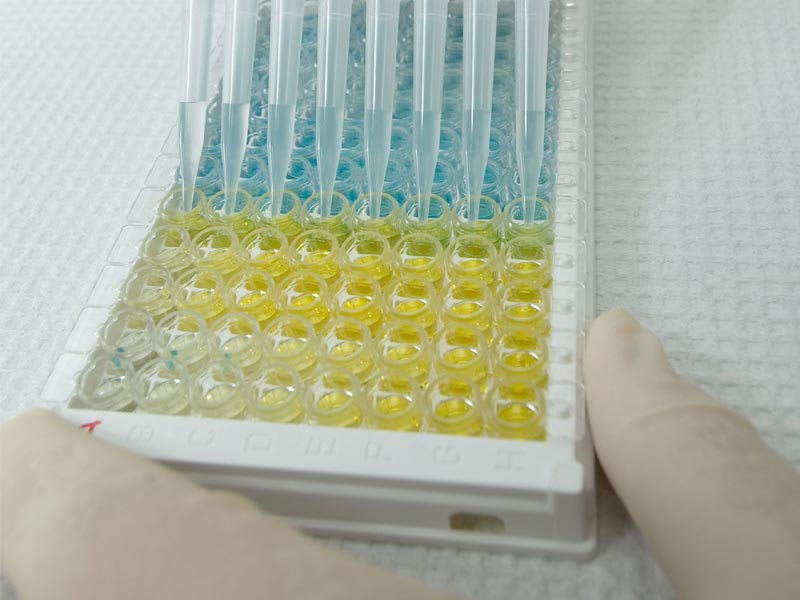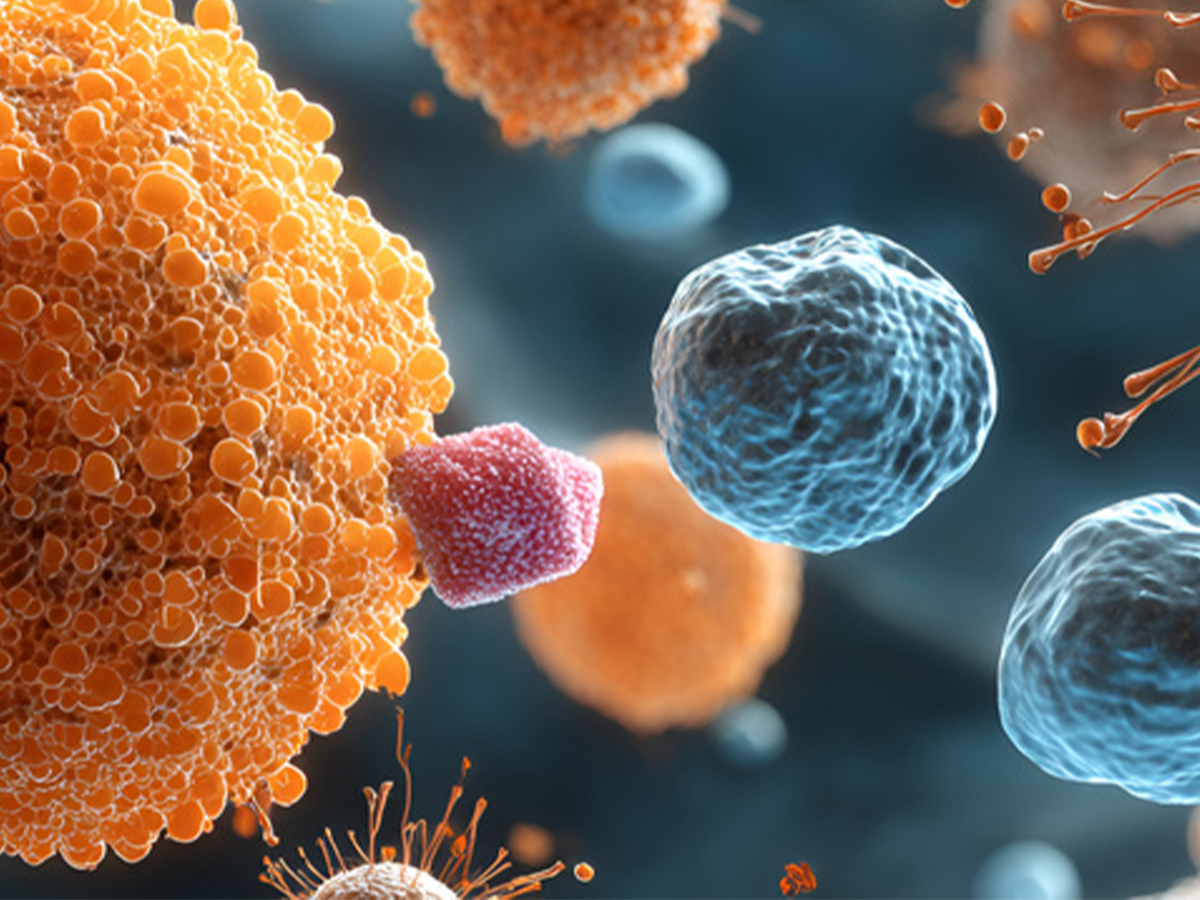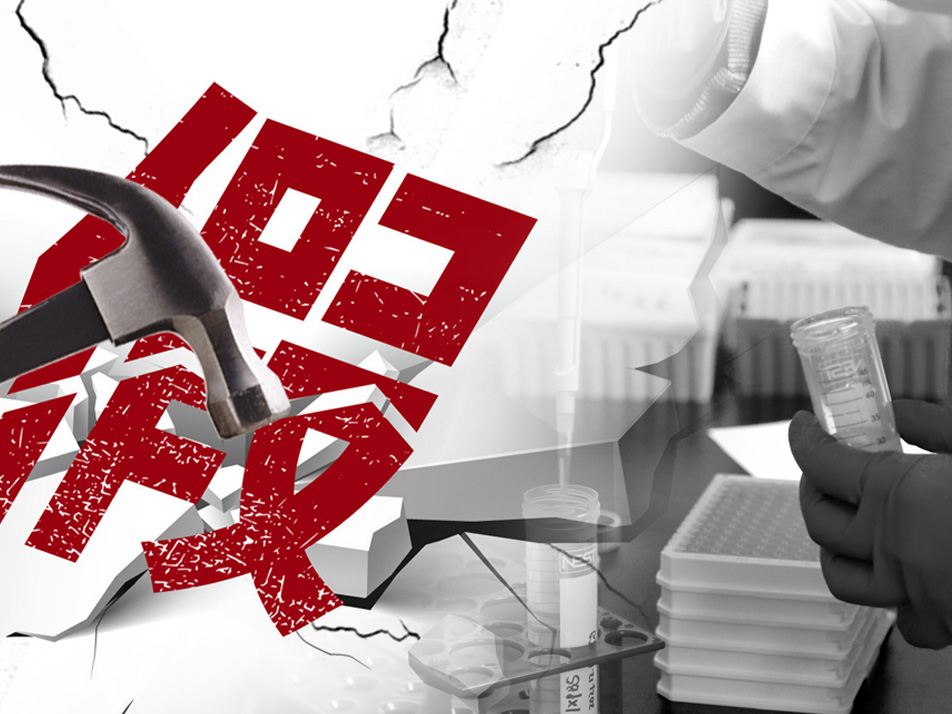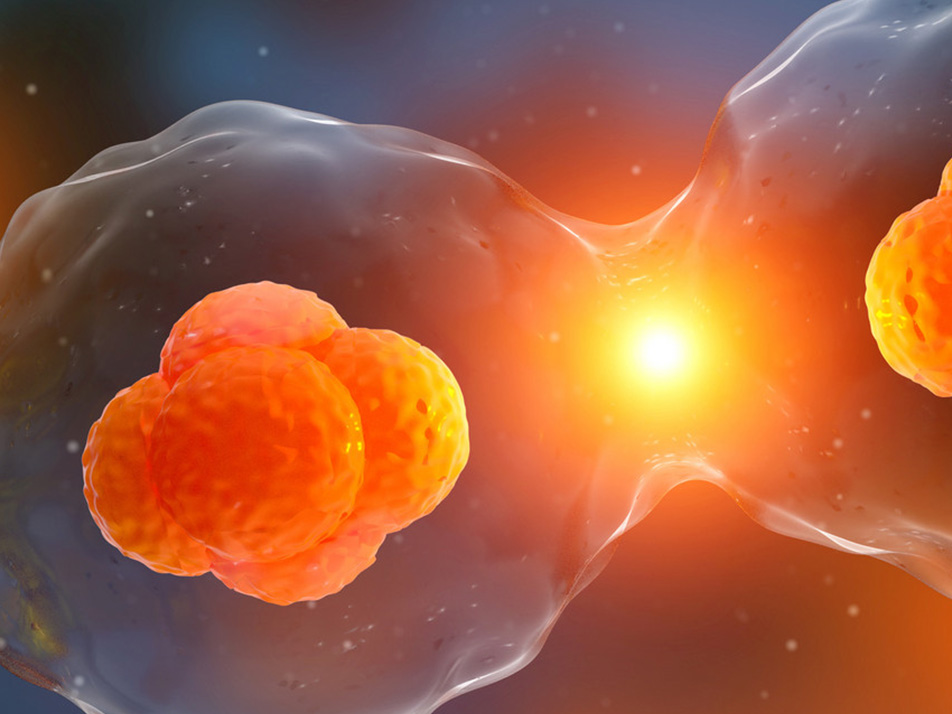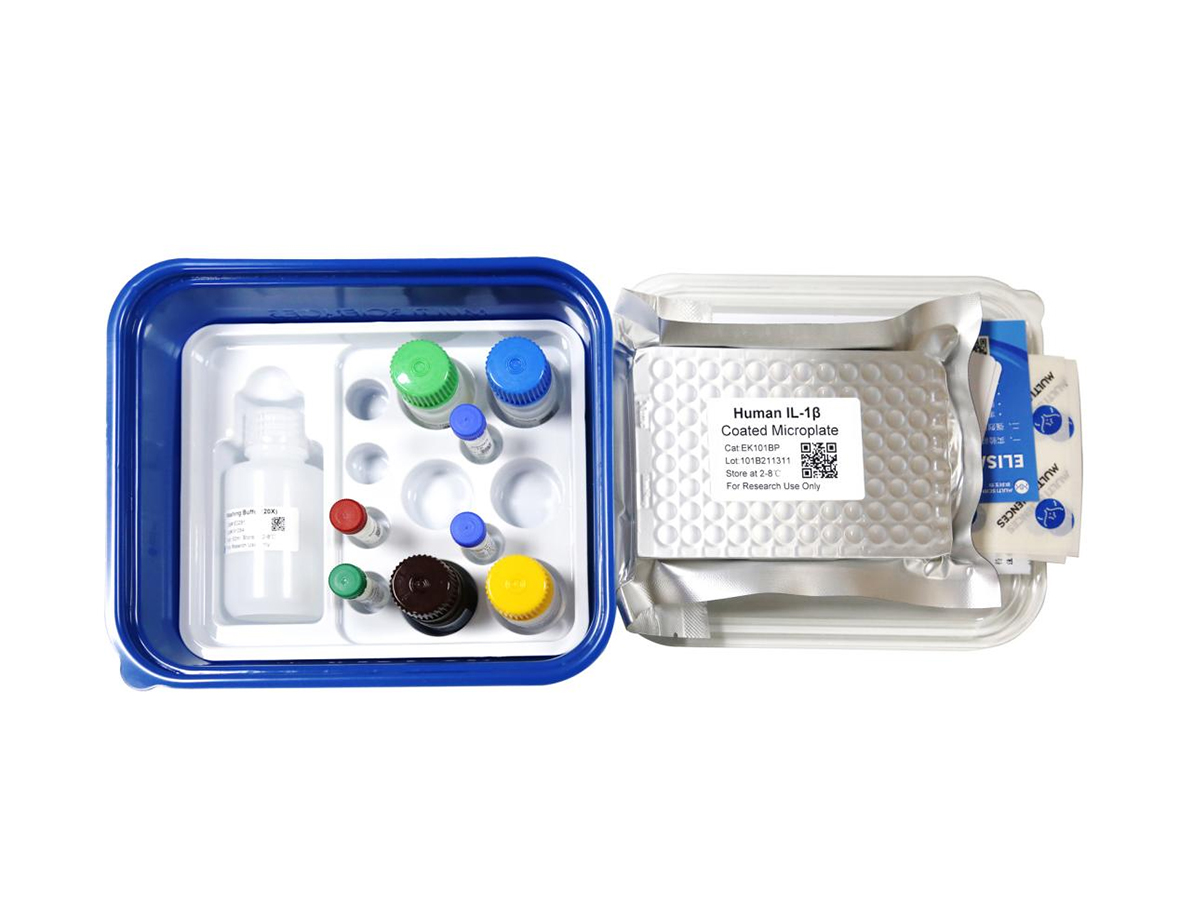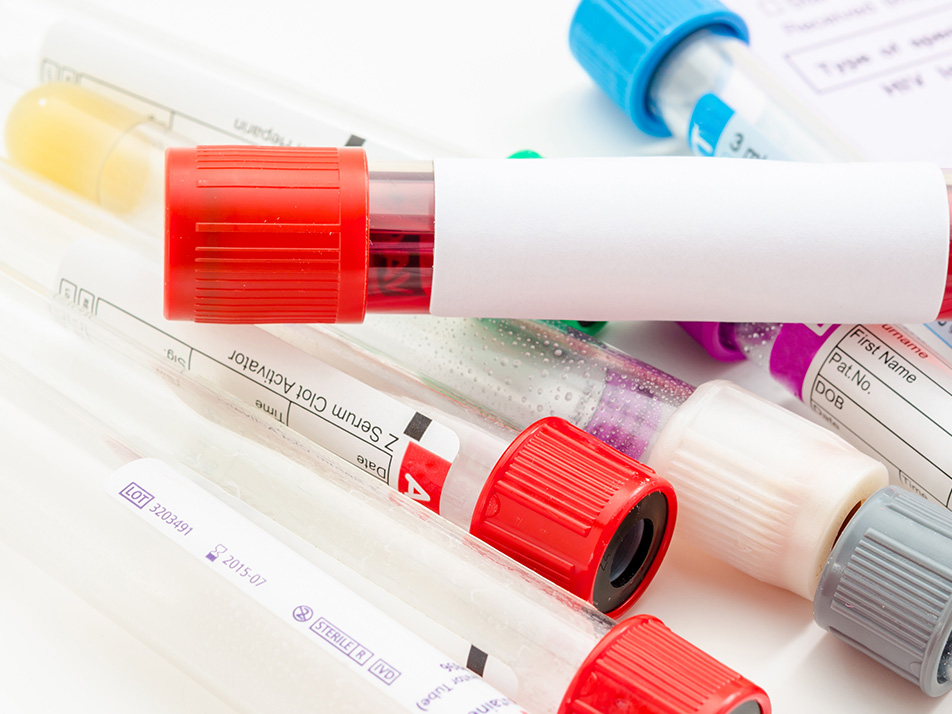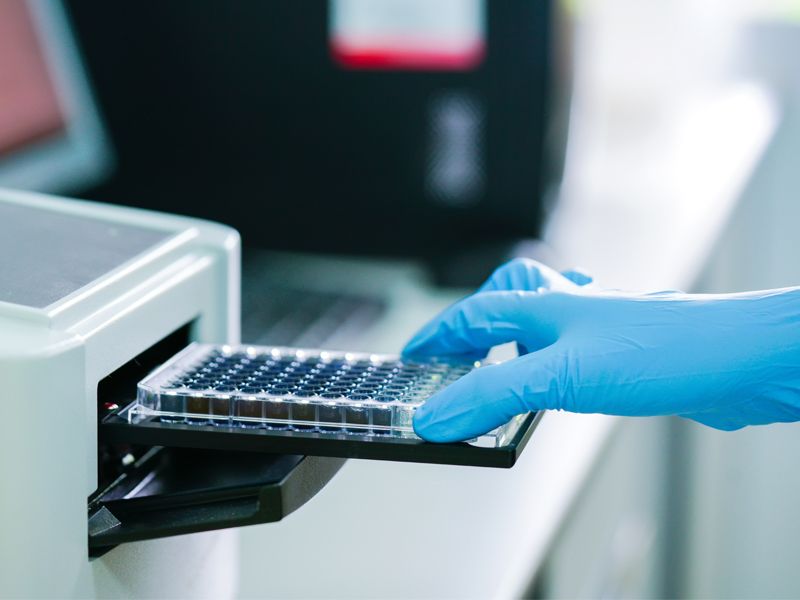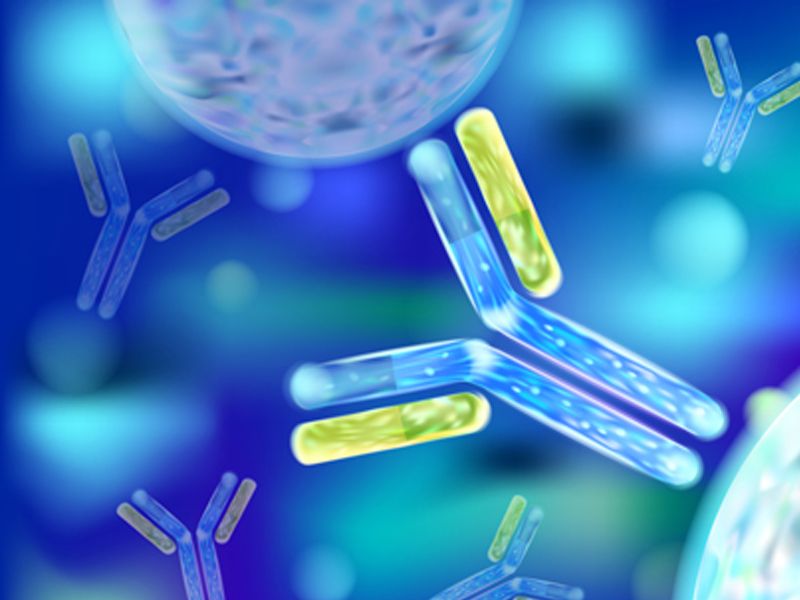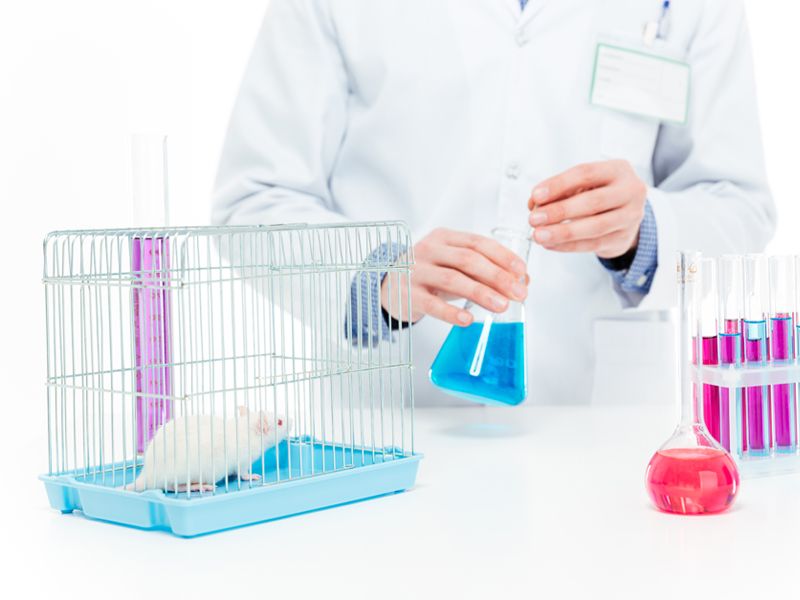Human IL-17E/IL-25 Standard (人白介素17E/白介素25 标准品)
¥180.00
- 分子靶点:IL25, IL-25, IL17E, IL-17E
- 种属:人 (Human)
- 试剂盒:EK1179
- 保存:短期4℃保存,长期-20℃保存
- 运输条件:4℃蓝冰运输
在售SKU:70-EK1179S
文章目录[隐藏]
本产品只包含标准品试剂,如需购买试剂盒请点击下图
-
- EK1179
- ELISA试剂盒
Human IL-17E/IL-25 ELISA Kit检测试剂盒(酶联免疫吸附法)
- ¥1,600.00 – ¥2,650.00
| 商品名 |
Human IL-17E/IL-25 Standard (人白介素17E/白介素25 标准品) |
|---|---|
| 组分 |
人IL-17E冻干标准品 |
| 板式 |
管 |
| 保存 |
短期4℃,长期-20℃保存 |
| 运输条件 |
4℃蓝冰运输 |
分子信息
IL25 分子靶点信息概述
- 分子名:IL25, interleukin 25
- 基因家族:Interleukins
- 别名:IL-25; IL-17E
- 曾用名:IL17E
- 全称:interleukin 17E
IL25 分子靶点综述
白细胞介素17E(IL-17E),又名IL-25,是IL-17家族中的一员,由2型辅助性T细胞(Th2)和肥大细胞分泌产生。它与IL-17序列相似,可诱导NF-κB活化,刺激IL-8的产生。IL-17E和IL-17B是细胞因子受体IL-17RB的配体。小鼠的研究表明,IL-17E可能是一种促炎性细胞因子,有利于Th2型免疫应答。IL-17E诱导多种组织中的其它细胞因子产生,包括IL-4、IL-5和IL-13,从而刺激嗜酸性粒细胞增多。该细胞因子是一种调控肠道免疫的重要分子,参与与胃肠道相关的慢性炎症。IL-17E可杀死某些类型的乳腺癌细胞。
人 Human IL25 分子靶点信息
- 分子名:IL25, interleukin 25
- 别称:
- IL-17E
- IL-25
- IL17E
- interleukin 17E
- interleukin-17E
- interleukin-25
- 基因序列:NCBI_Gene: 64806
- 蛋白序列:UniProtKB: Q9H293
人 Human IL25靶点分子功能(预测)
Predicted to enable interleukin-17E receptor binding activity. Predicted to be involved in inflammatory response to antigenic stimulus and signal transduction. Predicted to act upstream of or within several processes, including eosinophil differentiation; response to fungus; and response to nematode. Predicted to be located in extracellular region. Biomarker of atopic dermatitis and psoriasis.


